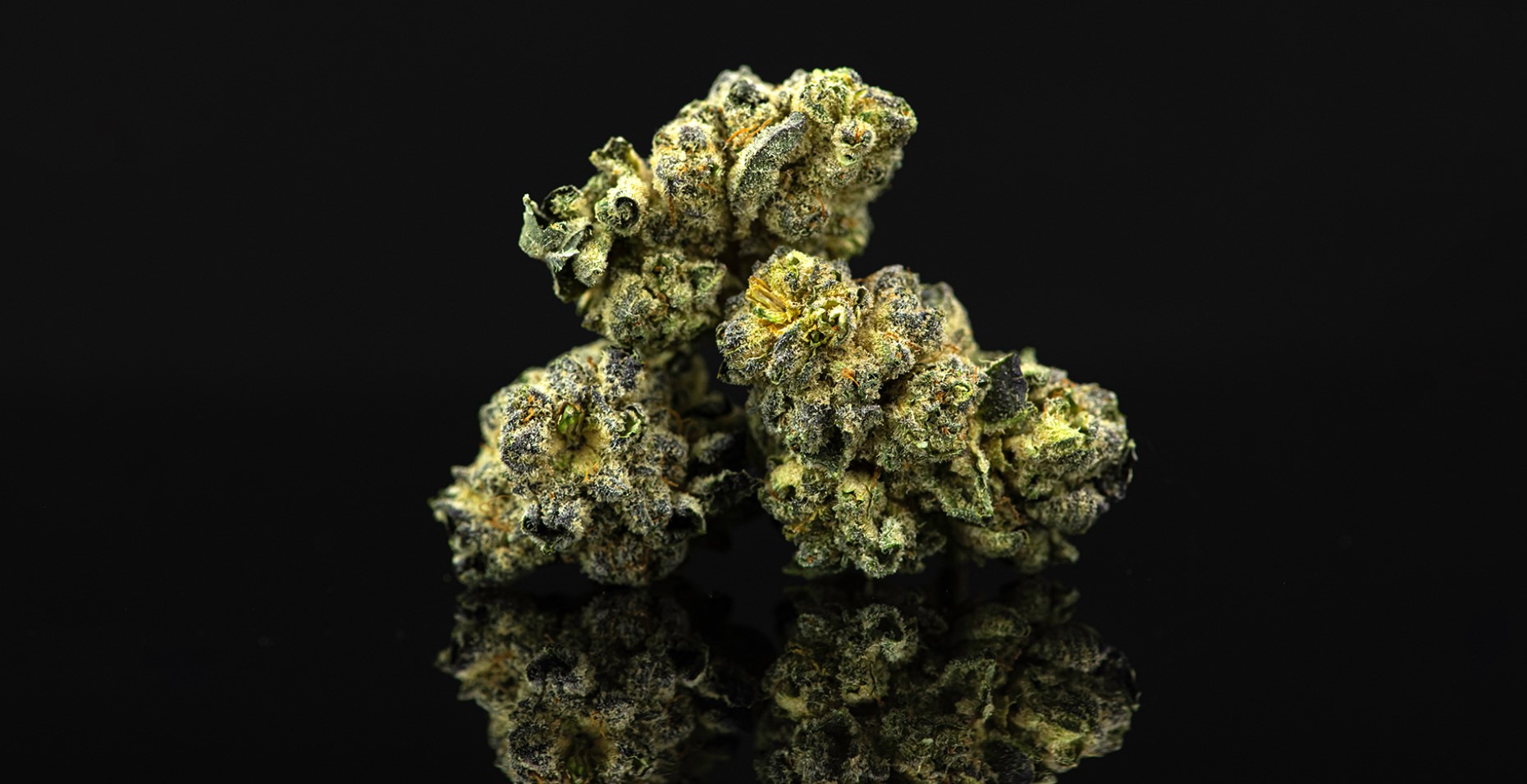In the world of wine enthusiasts and connoisseurs, the appreciation for grapes goes far beyond just sipping a glass of wine. Each grape strain has a unique flavor profile, and understanding the nuances between them can enhance your wine tasting experience. In this daily grape strain review, we will delve into the fascinating world of grape varieties, exploring their characteristics, origins, and the wines they produce.
Introduction to Grape Strains
Grapes are not only a delicious fruit but also the primary source of wine production. They come in various strains, each with its own distinct features. Let’s begin our journey by introducing the concept of grape strains.
The Basics of Grape Strains
Grape strains refer to the specific grapevine varieties used in winemaking. These strains are responsible for the diverse flavors and aromas found in wines around the world.
When it comes to winemaking, grape strains are the heart and soul of the process. Each strain contributes unique characteristics to the wine, from the type of fruitiness to the level of acidity. Think of grape strains as the building blocks of wine flavor; they determine whether your wine will be rich and full-bodied or crisp and refreshing.
For instance, the renowned Cabernet Sauvignon grape strain is celebrated for its bold and robust nature. It’s the backbone of many red wines known for their deep, dark fruit flavors and structured tannins. On the other hand, Chardonnay, a versatile white grape strain, offers a spectrum of flavors, from the zesty notes of green apple in unoaked versions to the creamy, buttery texture of those aged in oak barrels. These differences in grape strains allow winemakers to craft a wide range of wine styles to cater to diverse palates.
The Importance of Grape Strains
Understanding grape strains is crucial for both winemakers and wine enthusiasts. It helps winemakers select the right grapes for their desired wine style and assists consumers in choosing wines they’ll enjoy.
For winemakers, selecting the appropriate grape strain is akin to choosing the perfect ingredients for a recipe. It sets the foundation for the entire winemaking process. Whether they seek to create a velvety Merlot or an aromatic Gewürztraminer, the grape strain is the first decision that guides their winemaking journey.
Wine enthusiasts, too, benefit immensely from understanding grape strains. When you’re perusing the wine aisle or browsing a restaurant’s wine list, knowing the grape strains can be a game-changer. It empowers you to make informed choices based on your preferences. If you enjoy the boldness of Cabernet Sauvignon, you can confidently select a wine made from this strain. Similarly, if you prefer the crispness of Sauvignon Blanc, you’ll know what to look for.
In essence, grape strains act as the storytellers of wine, narrating tales of terroir, climate, and craftsmanship. They connect the vineyards to your glass, inviting you to explore the world of wine through their diverse personalities.
Popular Grape Strains
Now, let’s explore some of the most popular grape strains that have made a significant impact on the world of wine.
Cabernet Sauvignon
Cabernet Sauvignon is one of the most renowned red grape strains globally, known for its bold flavors of blackcurrant and cedar. It is often used in producing full-bodied red wines.
Cabernet Sauvignon is a grape strain that commands attention. With its origins in Bordeaux, France, it has spread its roots across the wine-producing regions of the world, from Napa Valley to Australia’s Coonawarra. This grape strain is synonymous with intensity and structure, making it a favorite among red wine enthusiasts.
The signature flavors of Cabernet Sauvignon often include blackcurrant, dark cherry, and a hint of cedar or tobacco. Its high tannin content gives the wine a robust and age-worthy character. Cabernet Sauvignon wines are known for their longevity, evolving beautifully over the years.
Whether you’re savoring a glass of Cabernet Sauvignon from Napa Valley or exploring a Bordeaux blend, this grape strain’s presence is unmistakable. Its ability to convey the essence of the terroir it grows in makes it a true gem in the world of wine.
Chardonnay
Chardonnay, a versatile white grape strain, offers flavors ranging from crisp green apple to creamy butter. It’s a favorite for both still and sparkling wines.
Chardonnay is the chameleon of grape strains, adapting effortlessly to various winemaking styles and terroirs. Its versatility has made it a beloved choice among winemakers and wine lovers alike.
One of the unique aspects of Chardonnay is its susceptibility to winemaking techniques. Winemakers can choose to ferment and age Chardonnay in stainless steel tanks for a bright and zesty profile or in oak barrels for a richer, creamier texture with notes of vanilla and butter. This diversity means that you can find Chardonnay wines that suit a wide range of tastes.
In cooler climates, Chardonnay tends to exhibit crisp acidity and flavors of green apple and citrus, making it a delightful choice for those who prefer lighter white wines. In contrast, Chardonnay from warmer regions often boasts ripe orchard fruit flavors and a more opulent mouthfeel, appealing to fans of fuller-bodied whites.
Whether you’re sipping a glass of Chablis from Burgundy or enjoying a California Chardonnay, you’ll find that Chardonnay offers an exciting world of exploration within a single grape strain.
Pinot Noir
Pinot Noir is celebrated for its elegance and subtlety, with flavors of red berries and earthiness. It’s a staple in producing exquisite red wines.
Sauvignon Blanc
Sauvignon Blanc is known for its vibrant acidity and refreshing citrus notes. It’s a popular choice for light and zesty white wines.
Grape Strains Around the World
Grapes are grown in vineyards across the globe, each region lending its unique terroir to the grapes and resulting wines.
Bordeaux, France
Bordeaux is famous for its Cabernet Sauvignon and Merlot grape strains, producing some of the world’s most esteemed red wines.
In Bordeaux, the vineyards are divided into various sub-regions, each known for specific grape strains. Here are some of the notable grape strains from Bordeaux and their respective regions:
- Cabernet Sauvignon in the Médoc: The Médoc region within Bordeaux is renowned for its Cabernet Sauvignon-dominant wines. The gravelly soils along the Gironde River provide an ideal environment for this grape strain to thrive.
- Merlot in Saint-Émilion and Pomerol: These regions on the right bank of Bordeaux are celebrated for their Merlot-based wines. Merlot adds a velvety and approachable character to the blends, making wines from these areas incredibly popular.
- Sauvignon Blanc in Entre-Deux-Mers: While Bordeaux is primarily known for its reds, the Entre-Deux-Mers region produces crisp and refreshing Sauvignon Blanc wines. These whites offer a delightful contrast to the red wines of the region.
Napa Valley, USA
Napa Valley is renowned for its Cabernet Sauvignon, thanks to its ideal climate and terroir for cultivating this grape strain.
Here’s a table highlighting some prominent Cabernet Sauvignon producers in Napa Valley:
| Winery | Description | Notable Cabernet Sauvignon Wines |
| Opus One | – Collaboration between Robert Mondavi and Baron Philippe de Rothschild | – Opus One Red Blend |
| – Known for elegance and complexity | – Overture | |
| – Iconic Napa Valley winery | ||
| Silver Oak | – Specializes in Cabernet Sauvignon | – Silver Oak Napa Valley |
| – Silky tannins and aging potential | – Silver Oak Alexander Valley | |
| – Highly sought-after | ||
| Caymus Vineyards | – Renowned for Napa Valley Cabernet Sauvignon | – Caymus Special Selection Cabernet |
| – Rich and full-bodied | – Caymus Napa Valley Cabernet | |
| – Popular among collectors |
Feel free to refer to this table for a quick overview of grape strains in Bordeaux and some notable Cabernet Sauvignon producers in Napa Valley.
Marlborough, New Zealand
Marlborough is the go-to region for Sauvignon Blanc lovers, producing crisp and zesty white wines.
In Marlborough, Sauvignon Blanc has found its ultimate expression. The region’s unique climate and soil conditions contribute to the vibrant flavors of its wines. Here are some noteworthy Sauvignon Blanc producers in Marlborough:
- Cloudy Bay: Cloudy Bay is often credited with putting Marlborough Sauvignon Blanc on the world map. Their wines are known for their intense citrus and herbaceous notes.
- Kim Crawford: Kim Crawford is famous for producing affordable and approachable Sauvignon Blanc with tropical fruit and zesty acidity.
- Brancott Estate: Known as Montana in the past, Brancott Estate produces a wide range of Sauvignon Blanc styles, from crisp and refreshing to more complex and age-worthy.
Wine Tasting and Pairing
Understanding grape strains not only enriches your wine knowledge but also enhances the enjoyment of wine tasting and food pairing.
Wine Tasting Techniques
Learn the art of wine tasting, from examining the wine’s appearance to savoring its flavors and aromas.
When it comes to wine tasting, there are several techniques to help you fully appreciate the nuances of each glass. Here are some essential wine tasting techniques to follow:
- Appearance: Begin by examining the wine’s appearance. Note its color, clarity, and any visible sediment. Hold the glass against a white background to better assess its hue.
- Swirling: Gently swirl the wine in your glass to release its aromas. This action aerates the wine, allowing its bouquet to unfold.
- Smelling: Put your nose to work and take in the wine’s aromas. Identify the scents, from fruits and flowers to spices and earthy notes.
- Sipping: Take a small sip and let the wine coat your palate. Pay attention to its taste, texture, and finish. Notice the balance of flavors and any lingering aftertaste.
- Note-Taking: Keep a wine journal to record your impressions. This helps you remember wines you enjoy and develop your tasting skills over time.
Food Pairing with Grape Strains
Discover the perfect food pairings for different grape strains, elevating your culinary experiences.
Pairing wine with food is an art that can enhance the flavors of both the dish and the wine. Here are some classic food pairings for popular grape strains:
- Cabernet Sauvignon: Pair this bold red with hearty dishes like grilled steak, lamb chops, or aged cheeses. The wine’s tannins complement the richness of the meat.
- Chardonnay: Chardonnay’s versatility makes it suitable for a range of foods. Try it with roasted chicken, creamy pasta dishes, or buttery seafood like lobster.
- Pinot Noir: Pinot Noir’s delicate flavors make it a great match for dishes like roast duck, salmon, or mushroom risotto.
- Sauvignon Blanc: The zesty acidity of Sauvignon Blanc pairs beautifully with salads, seafood, goat cheese, and dishes with citrus-based sauces.
- Merlot: Merlot’s soft tannins and fruit-forward profile are excellent with dishes like pork tenderloin, veal, or tomato-based pasta dishes.
By experimenting with wine and food pairings, you can elevate your dining experiences and discover delightful flavor combinations that will enhance your appreciation of both.
In conclusion, exploring grape strains is a delightful journey that opens up a world of flavors and experiences in the realm of wine. By understanding the characteristics and origins of grape varieties, you can make informed choices when selecting wines and truly savor the complexities they offer.
FAQs
- What is the significance of grape strains in winemaking? Grape strains are essential as they determine the flavors and aromas of wines, influencing their taste and style.
- Which grape strain is best for red wine lovers? Cabernet Sauvignon is a popular choice among red wine enthusiasts for its bold and robust characteristics.
- Are there any specific regions known for particular grape strains? Yes, regions like Bordeaux, Napa Valley, and Marlborough are renowned for specific grape strains due to their unique terroir.
- What are some recommended wine tasting techniques for beginners? Beginners should start by observing the wine’s color, swirling it to release aromas, and taking small sips to savor the flavors.
- Can you suggest a classic wine and food pairing? A classic pairing is Cabernet Sauvignon with a juicy steak, as the wine’s boldness complements the meat’s richness.





